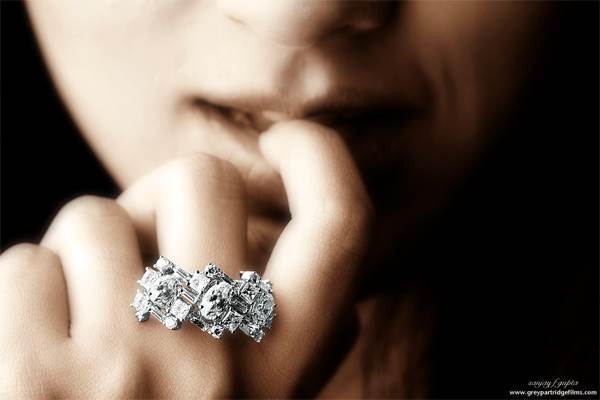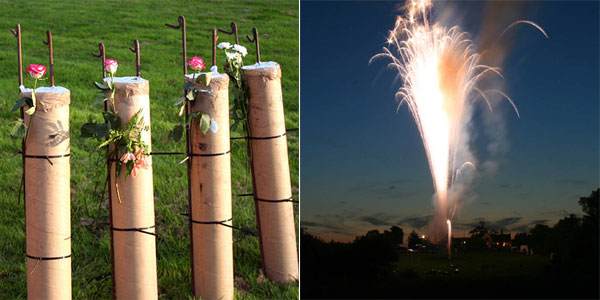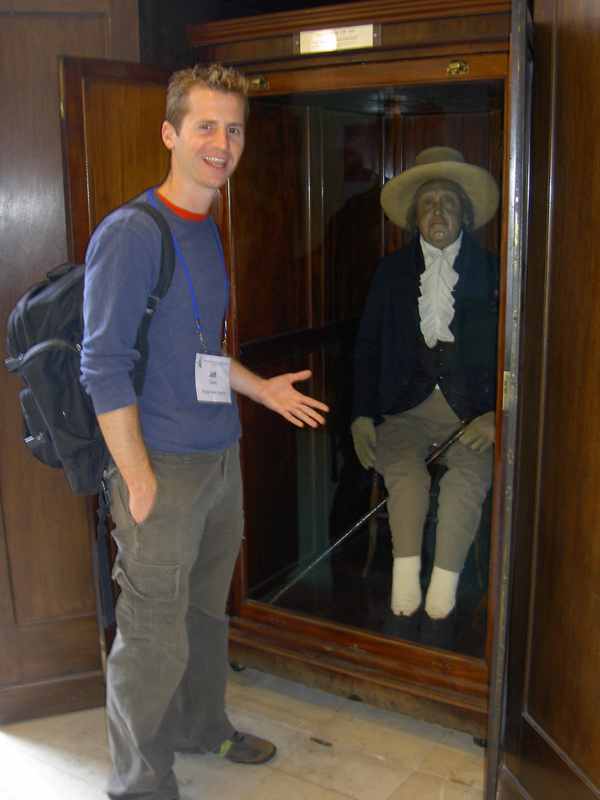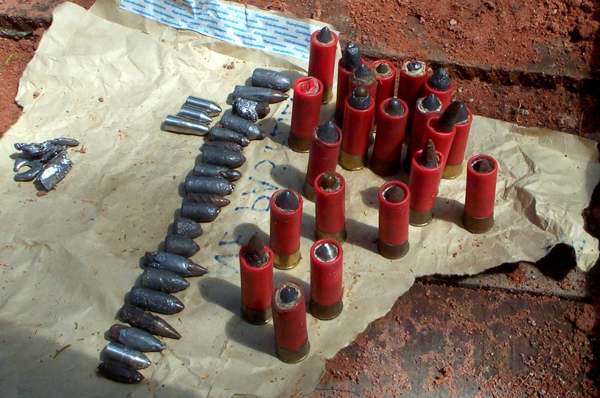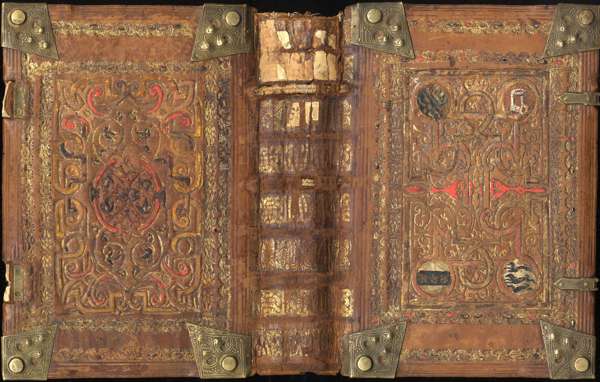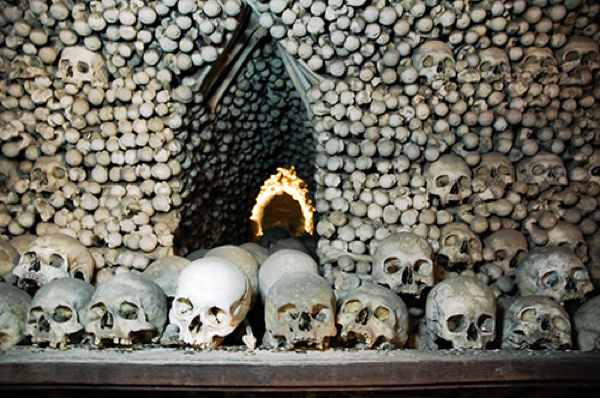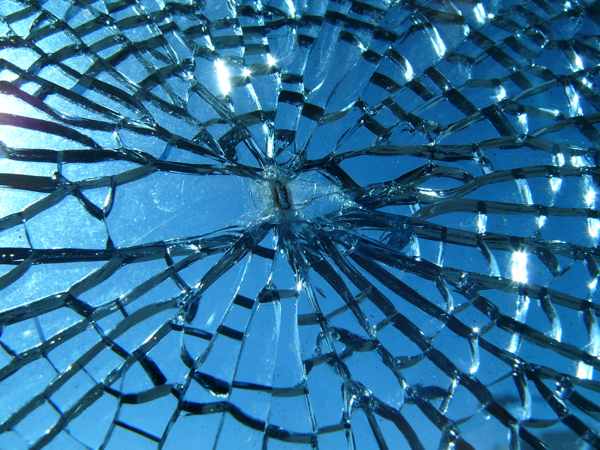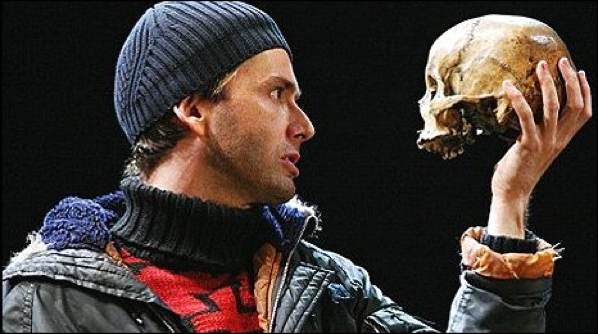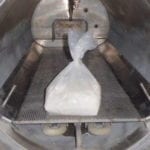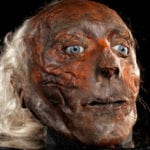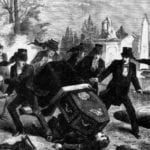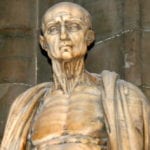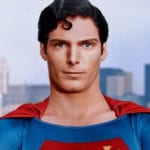Ed Headrick invented the Frisbee after seeing the foil trays from the Frisbie Baking Company pies used as flying disks. He first produced a plastic disk called the Pluto Platter, and later renamed it the Frisbee. These days, the Frisbee is one of the most popular toys in the world, and Ultimate Frisbee is played at universities across the globe. When Ed died at the age of 90, his cremated remains were mixed with plastic and turned into Frisbees which were given to friends and families. He used to joke while still alive that all humans were frisbees and that there was no such place a purgatory – souls simply got lost on roofs.
Synthetic diamonds are created mostly by using high pressure and temperature in the lab to dissolve graphite in a metal catalyst. This method allows for the production of lots of small gems. These will usually be used in industrial situations, because they lack the beauty of natural gems. It is possible, however, to make sparkly diamonds in the lab – and in doing this, you can use almost any source of carbon. Cremated human remains can now be turned into diamond jewellery, a cherished memorial of the lost loved one. You can even become a diamond before your demise, by using your hair as a source of carbon. Several companies will take the ashes of cremated people and load them into fireworks. After cremation, there are usually 2-3kgs of ash left. This means that a great many fireworks can be made from a single person, and a whole evening of wondrous display organized in their memory. Jeremy Bentham was a free-thinker and utilitarian philosopher who died in 1832. One of his notable ideas was that human burial was a waste. Incidentally, when great men die, they are often given a statue to memorialise them – and Bentham decided to kill two birds with one body. Since taxidermy was all the rage at the time, he arranged for his body to be preserved and turned into what he called an auto-icon. Now his well-preserved body is kept in University College London. It was regularly brought out for meetings: at the roll call Bentham would be recorded as ‘Present, but not voting.’ For those wishing to go out with a bang, it is possible to have body ashes included in shotgun cartridges. In 2004, an expert on shotguns was cremated and made into 300 cartridges. His widow invited his closest friends to join her on a shoot. They bagged seventy partridges, several pheasants, ducks, and a fox. Before the shoot the cartridges were blessed by a vicar who said it was simply a somewhat unusual method of scattering ashes.
Human skin can be used to make a rather supple type of leather, which makes it perfect for the binding of books. The fancy term for this use of human skin is anthropodermic bibliopegy. In the past there was a fashion for binding books with the skin of hanged criminals, but it was not unknown for people to will that their own skin be used to bind a memorial book after their death. The skin of one of the November 5th Gunpowder Plot conspirators was used to bind a book describing his own crimes. Some people leave money to their church after they die – but if you wish to leave something more material, you could follow the example of the people who let themselves be used to decorate the Sedlac Ossuary. Here, the walls of the chapel are covered in human bones. The decorations include a large coat of arms made from a variety of bones. The ceiling is covered in lines of skulls, and hanging from the centre is a vast chandelier. The chapel is now a hugely popular tourist spot in the Czech Republic. The process of making a diamond, mentioned earlier, is understandably quite expensive. For centuries glass has therefore been used in place of gems in costume jewellery. So if you can’t afford to become a gem, then you can become glass at a fraction of the cost. Ashes can be suspended with pigments in a variety of glass objects of your choosing. The brilliantly named andvinyly.com offers a service where a person’s ashes can be pressed into a vinyl recording of their favourite music. As well as music you can have your voice recorded to leave a final message printed on your own corpse. For £3,000 you (or more accurately your relatives) will receive 30 copies of your recording in a personalised cover. For a little more cash, you can have a portrait painted of yourself for the sleeve. When I say ‘of yourself’ I mean that the portrait will be made using acrylic paint, mixed with your own ashes. Many people dream of being actors, and most actors dream of playing Hamlet at some point in their career. What if you lack the talent for the lead role? Or lack even the talent for one of the minor roles? There is a famously taciturn part for those who wish to take up acting post-mortem. Yorick appears as a skull used in the famous scene in the graveyard. André Tchaikowsky was a Polish pianist who bequeathed his skull to the Royal Shakespeare Company to be used in a production of Hamlet – something for all those desperate extras out there to consider, perhaps.

